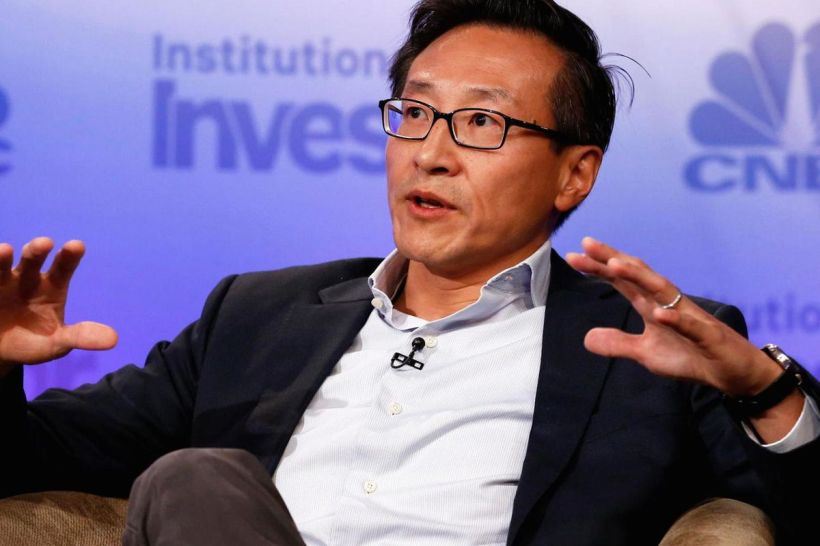Click here for the full article
 AI and IoT devices are too complicated for their own good. Digitization, optimized processes, prescriptive analytics – these phrases may excite the C-suite, but for those actually using industrial machinery, following processes that have often been unchanged for decades, buzzwords that describe AI’s business potential are – well, just buzzwords.
AI and IoT devices are too complicated for their own good. Digitization, optimized processes, prescriptive analytics – these phrases may excite the C-suite, but for those actually using industrial machinery, following processes that have often been unchanged for decades, buzzwords that describe AI’s business potential are – well, just buzzwords.
For IoT and AI to be accepted and adopted on a grand scale, it is crucial that they solve a tangible problem on the ground that makes life easier for workers rather than giving them more headaches. Industrial environments are a perfect test bed for new technology, and may also be the best way to explain how AI and IoT work in a real-world scenario, so that the benefits are clear to everyone throughout an organization.
Keep it simple, stupid
It’s all well and good for a CEO, CTO, or CDO to proclaim a sweeping policy of IoT and AI adoption, but without tangible evidence of how these technologies improve things, the people that interact directly with connected equipment are unlikely to abandon their old ways just because the boss said so. Added to this, without promoting an understanding of the entire data chain from start to finish, data could be compromised, and a company could invest time and energy digitizing operations with very little return. Employing data officers and digital natives in the boardroom may well help executives understand AI and IoT better, but these technologies need to be properly understood at every stage so that all parts of the data chain run smoothly.
A recent report from Plutoshift on the number of manual processes that are still commonplace in the manufacturing sector found that 48% of respondents (all ‘mid-level manufacturing professionals’) collect data manually, and 23% didn’t know whether their manufacturing processes were outfitted with IoT or not. This shows not only that those in middle management or on the factory floor will stick to their tried and tested ‘clipboard and tick-box’ methods if undisturbed, but also that communication from the C-suite about automation is not as effective as it should be. IoT devices that feed AI systems should be easy to understand, and the benefits need to be communicated effectively so that employees choose to abandon time-intensive manual processes in favor of automated data collection and analysis. If AI and IoT are not made understandable for everyone involved, then new technologies simply won’t be embraced by the people they most affect, and the hype around these technologies will rise and fall without consequence.
Sounding it out
Equipment maintenance is an area that requires a high amount of knowledge and insight into how a particular machine works. Technicians need to understand the nuts and bolts of all the mechanisms at work, and where problems might arise in order to predict what could go wrong first. This is where IoT and AI come in. What was once a frustrating and time-consuming task can now be easily automated using sensors and predictive machine learning models, and brings benefits that anyone who has worked with machinery can grasp. Augury, a provider of IIoT sensors and AI software, uses ultrasonic vibrations to create an ‘unique acoustic fingerprint of machines’ and preemptively detect equipment failure, while working with technicians and plant leaders to ensure that their solution does not adversely affect those working on the factory floor.




 .
. AI and IoT devices are too complicated for their own good. Digitization, optimized processes, prescriptive analytics – these phrases may excite the C-suite, but for those actually using industrial machinery, following processes that have often been unchanged for decades, buzzwords that describe AI’s business potential are – well, just buzzwords.
AI and IoT devices are too complicated for their own good. Digitization, optimized processes, prescriptive analytics – these phrases may excite the C-suite, but for those actually using industrial machinery, following processes that have often been unchanged for decades, buzzwords that describe AI’s business potential are – well, just buzzwords.
